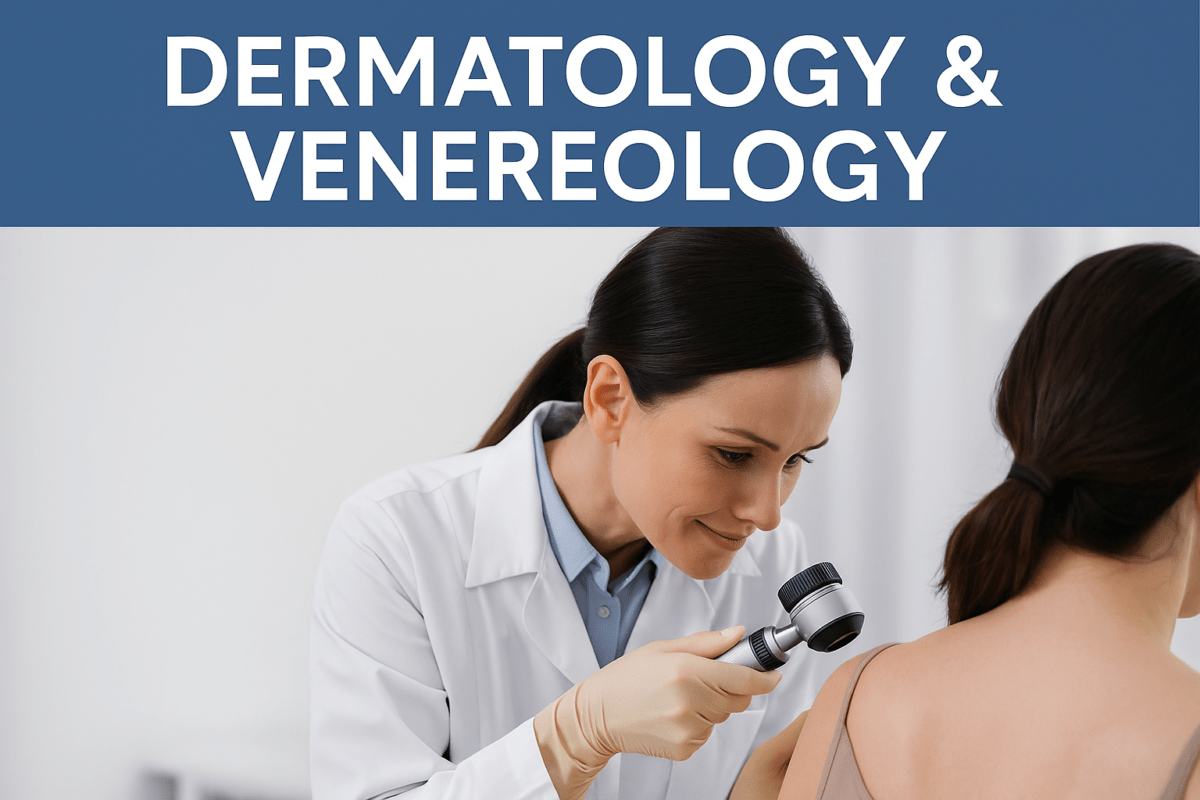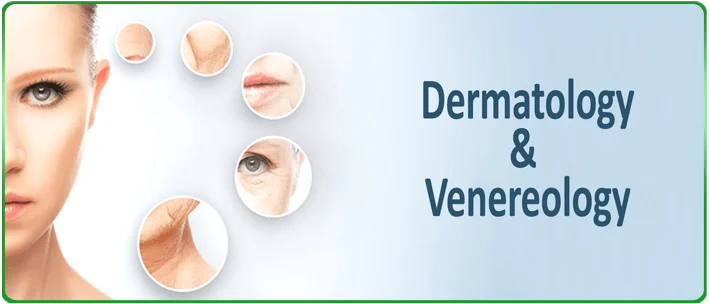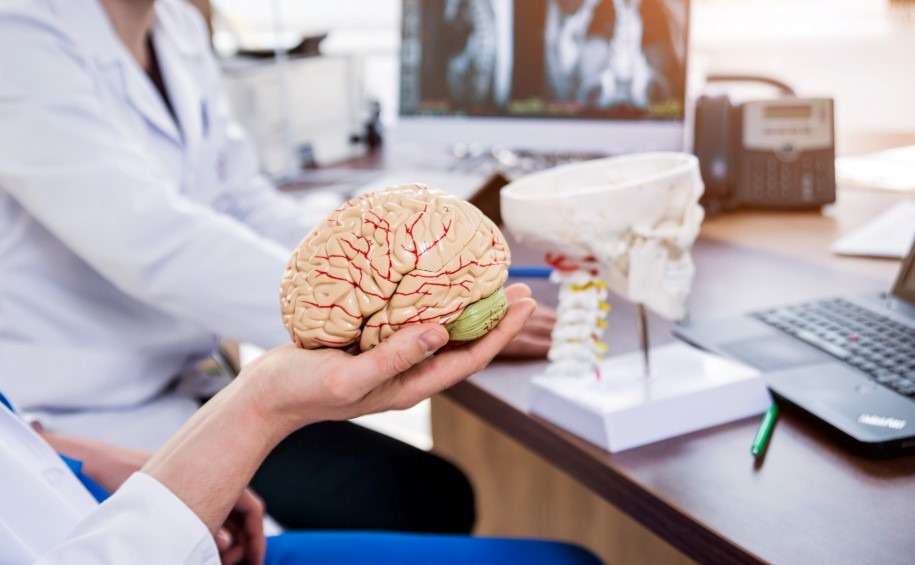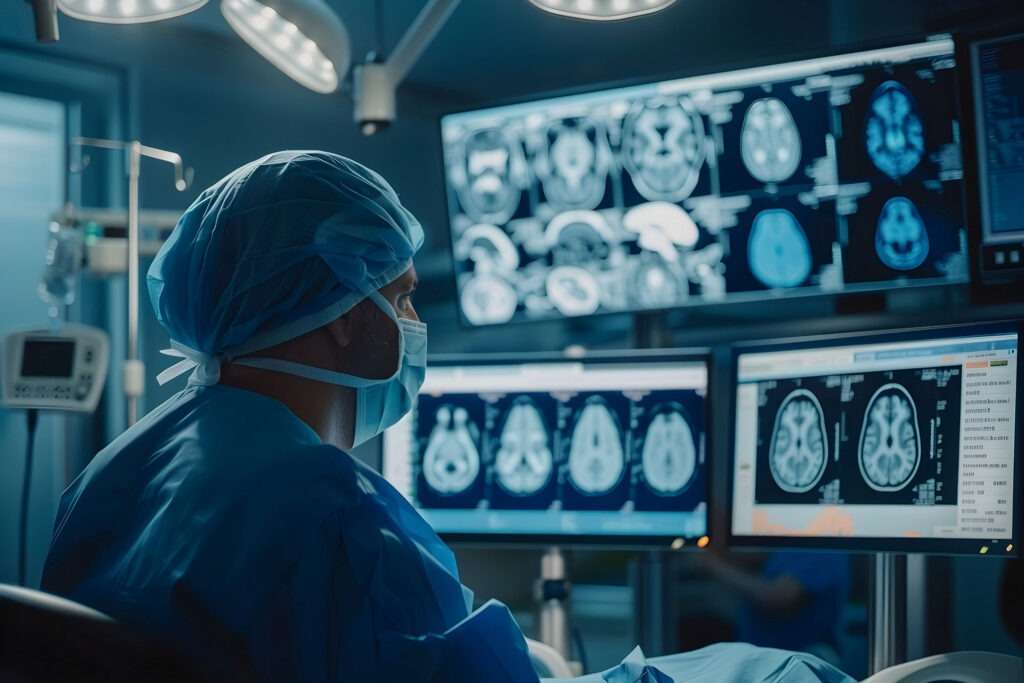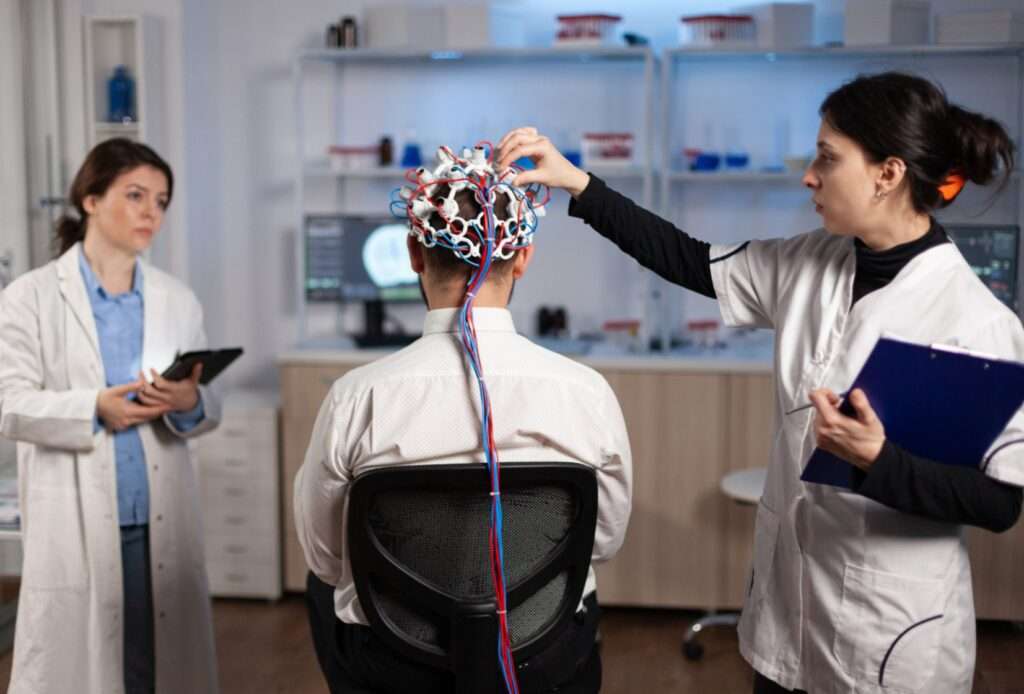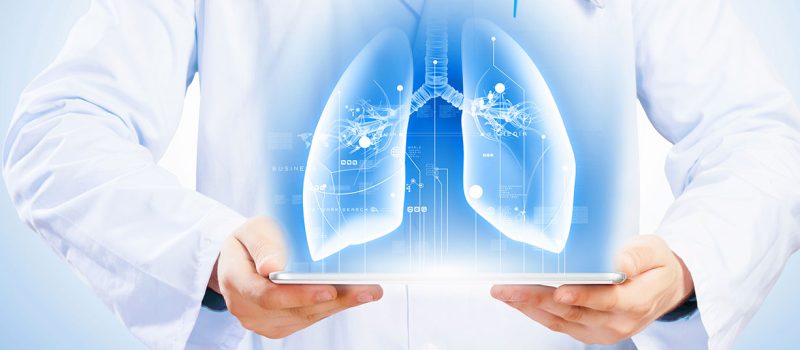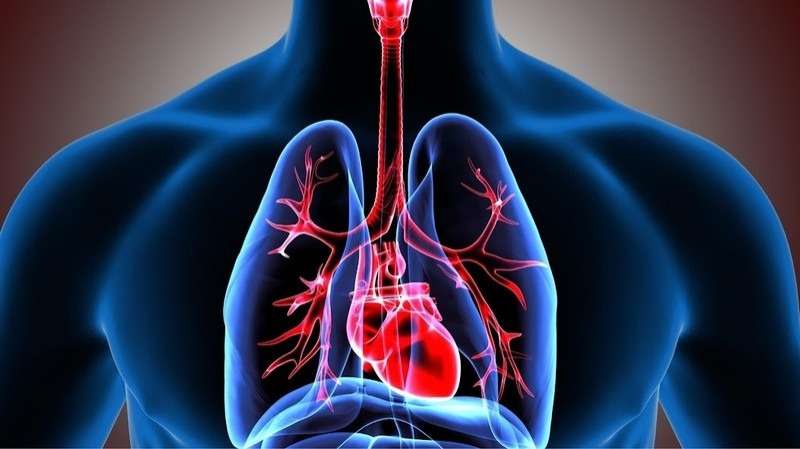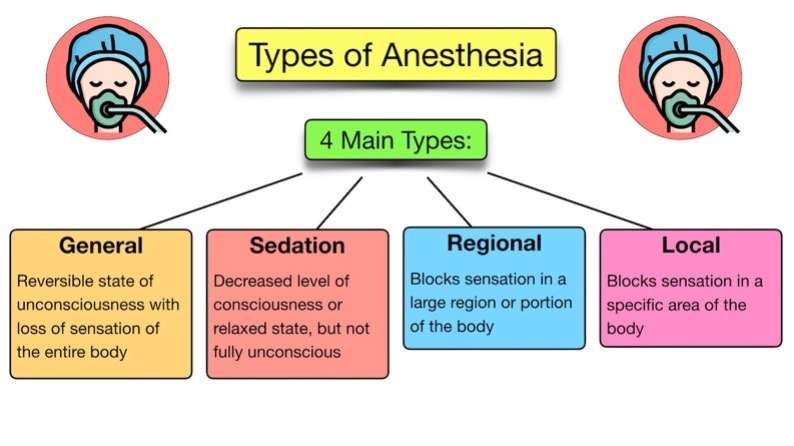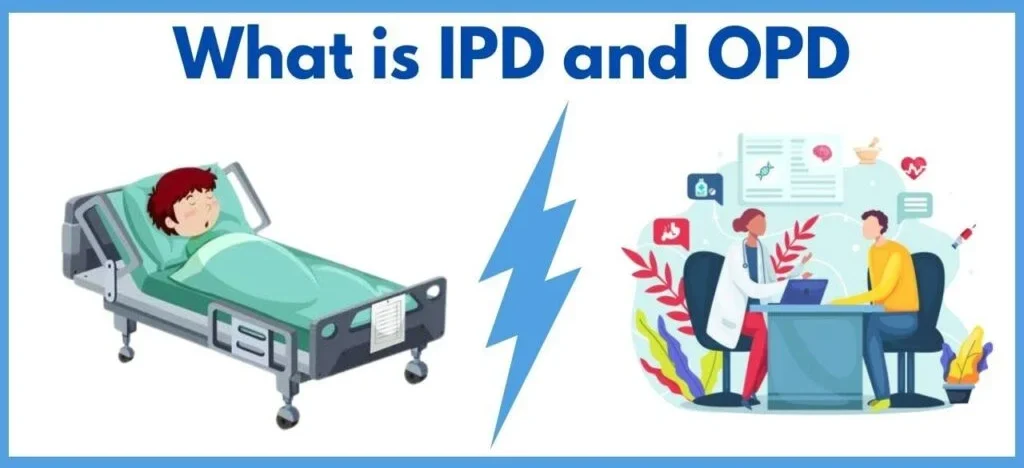Healthy skin and good sexual health are more than just cosmetic concerns — they directly affect our confidence, relationships, and overall well-being. Conditions like acne, eczema, hair loss, fungal infections, or sexually transmitted diseases (STDs) can be distressing, but with the right treatment and support, they can be managed effectively.
That’s where the dedicated branch of Dermatology and Venereology takes over. Dermatology is concerned with the health of the skin, hair, and nails, while Venereology specifically addresses sexually transmitted diseases (STIs/STDs) and issues related to them. Both these medical branches make sure that patients are provided with holistic treatment for ailments that normally get neglected because of stigma or ignorance.
At Care and Cure Multispecialty Hospital, Ahmedabad, patients are treated with cutting-edge treatments, specialized doctors, and a caring environment. The top hospital in Ahmedabad and the protector of your good health, Care and Cure offers comprehensive solutions for dermal and venereal ailments, supported by advanced technology and a patient-centric approach.
This blog covers all about Dermatology & Venereology at Care and Cure – diseases treated, state-of-the-art procedures, supportive facilities, philosophy of care for patients, and why this hospital is your best bet for your skin and sexual health.
What is Dermatology and Venereology?
Dermatology is the medical practice that diagnoses and manages conditions affecting the skin, hair, nails, and cosmetic appearance. It entails general issues such as acne, fungal infections, psoriasis, pigmentation, and sophisticated cosmetic dermatology treatments.
Venereology involves the prevention, diagnosis, and management of sexually transmitted illnesses (STDs or STIs) like syphilis, gonorrhea, genital herpes, HPV, and HIV conditions.
By integrating both disciplines, Care and Cure offers an all-encompassing healthcare system, in which patients are treated for not just skin and cosmetic issues, but also delicate sexual health problems in a supportive, private setting.
Conditions Treated at Dermatology by Care and Cure
Care and Cure Hospital’s dermatology section addresses a vast array of skin, hair, and nail disorders. Among the most prevalent are:
1. Acne and Acne Scars
Acne is one of the most common skin concerns, especially in teenagers and young adults, but it can also affect adults due to hormonal changes, stress, or lifestyle factors. Untreated acne can leave behind stubborn scars that affect self-confidence. At Care and Cure Hospital, dermatologists use advanced treatments such as chemical peels, laser therapy, oral and topical medication, and micro-needling to not only control active acne but also to minimize scarring. Patients receive a personalized skincare plan that addresses root causes like hormones, diet, or stress, ensuring long-term clear and healthy skin.
2. Psoriasis
Psoriasis is a chronic autoimmune disorder that causes the body to produce skin cells too quickly, leading to scaly, itchy, and often painful patches on the skin. It can also affect the joints (psoriatic arthritis) and severely impact quality of life. At Care and Cure, treatment goes beyond just creams. Doctors use biologic therapies, phototherapy, immunosuppressants, and lifestyle counseling to provide relief. The focus is on long-term management, helping patients lead comfortable, active lives with fewer flare-ups..
3. Eczema and Allergic Skin Reactions
Eczema, also known as atopic dermatitis, is characterized by red, itchy, and inflamed skin that can worsen due to allergens, weather, or stress. Allergic skin reactions may also be triggered by food, cosmetics, or medications. At Care and Cure, dermatologists provide individualized treatment plans including moisturizers, antihistamines, steroid creams, and advanced therapies for chronic cases. Patients are also guided on lifestyle modifications, allergy testing, and preventive skincare routines to reduce recurrences.
4. Fungal and Bacterial Infections
Fungal infections like ringworm, athlete’s foot, or yeast infections, and bacterial infections like impetigo or cellulitis, can spread quickly and cause discomfort if not treated in time. Care and Cure Hospital provides rapid diagnosis with laboratory support, followed by targeted antifungal or antibacterial treatments. Doctors emphasize hygiene education and preventive care to stop recurrences. With in-house pathology and radiology, infections are diagnosed faster, allowing patients to recover quickly.
5. Hair Loss and Baldness
Hair thinning and baldness affect both men and women and can stem from genetics, stress, poor nutrition, or medical conditions. At Care and Cure, dermatologists provide advanced solutions like PRP (Platelet-Rich Plasma) therapy, mesotherapy, low-level laser therapy, and transplant guidance. Patients are also advised on nutritional support, lifestyle habits, and hair-care routines to enhance long-term results. These therapies not only encourage regrowth but also boost confidence and self-esteem in patients.
6. Pigmentation & Dark Spots
Uneven skin tone, melasma, and dark spots are common problems caused by sun exposure, hormonal imbalance, or aging. At Care and Cure, dermatologists use laser therapies, chemical peels, microdermabrasion, and prescription creams to reduce pigmentation and restore skin clarity. Patients are also given sun-protection guidance and lifestyle recommendations to maintain results. The goal is to achieve a brighter, even-toned, and healthy-looking complexion.
7. Cosmetic Dermatology
Today, cosmetic dermatology is not just about appearance but also about restoring confidence. At Care and Cure, patients have access to anti-aging treatments, wrinkle reduction, Botox, dermal fillers, skin brightening, scar removal, and rejuvenation therapies. Using advanced techniques and equipment, dermatologists deliver natural-looking results that enhance appearance while maintaining skin health. Every treatment is tailored to the patient’s age, goals, and lifestyle for safe and long-lasting outcomes.
Conditions Treated by Venereology at Care and Cure
Venereology services are aimed at confidential and empathetic treatment of sexual health issues.
1. Sexually Transmitted Infections (STDs/STIs)
Sexually transmitted infections such as syphilis, gonorrhea, chlamydia, genital herpes, and trichomoniasis can affect anyone and often carry a stigma that prevents people from seeking timely care. At Care and Cure, venereologists provide confidential diagnosis, safe testing, and effective treatments with compassion and zero judgment. Early detection prevents complications like infertility or chronic pain, making professional care crucial.
2. HIV-Related Skin Issues
HIV patients often face skin-related complications like rashes, infections, or warts due to weakened immunity. At Care and Cure, specialists provide comprehensive dermatological and venereological care tailored to HIV-positive patients. Treatments are designed to improve comfort, manage infections, and support overall immune health, helping patients live healthier lives.
3. HPV (Human Papillomavirus)
HPV is one of the most common viral infections, leading to genital warts and increasing the risk of certain cancers if untreated. At Care and Cure, doctors provide precise diagnosis, wart removal through laser or cryotherapy, and counseling for prevention. Vaccination and preventive education are also offered to protect against future infections, ensuring long-term sexual health.
4. Confidential Testing and Counseling
One of the biggest challenges patients face in venereology is fear of exposure or judgment. Care and Cure ensures 100% confidentiality and privacy in STD testing and counseling. Patients can undergo blood tests, swabs, or screenings discreetly, followed by personalized counseling to manage conditions and prevent reinfection. Emotional support is also offered, helping patients regain confidence in their health and relationships.
5. Reproductive Health Support
Venereology isn’t only about infections — it also covers intimate skin and mucous membrane issues like chronic irritation, ulcers, or inflammation in reproductive areas. Care and Cure provides treatments for both men and women, ensuring reproductive health is protected. Doctors also guide patients on fertility-related concerns, safe sexual practices, and preventive screenings, making it a holistic service for sexual well-being.
At Care and Cure, all patients are treated with understanding, respect, and complete privacy. The goal is to make every individual feel secure, valued, and well cared for during their healing journey.
Top-of-the-Line Dermatology and Venereology Treatments
Care and Cure Hospital integrates experience with current technology, providing top-of-the-line treatment methods like:
Laser Dermatology – For acne scars, pigmentation, warts, and skin resurfacing.
PRP (Platelet-Rich Plasma) Therapy – For hair growth and skin renewal.
Chemical Peels & Microdermabrasion – To enhance skin tone, decrease blemishes, and gain youthful skin.
Biologic Therapies – For chronic skin diseases such as psoriasis and eczema.
Cryotherapy – Freezing of warts and some skin growths.
STD Testing & Treatment – Fast, safe, and confidential services for suspiciously infected patients.
Sexual Health Counseling – Guidance and preventive information for long-term health.
Supportive Facilities at Care and Cure Hospital
As a multi-specialty NABH-certified hospital, Care and Cure offers access to world-class facilities:
X-Ray Radiology Services – For spotting structural or injury-related issues.
Pathology Services – Fully equipped labs for proper testing.
2D Echo & Sonography – Critical for assessing internal health.
Laboratory Testing – Full-fledged diagnostic assistance.
Emergency Room – 24×7 at the ready for emergency cases.
State-of-the-Art Operation Theaters – For intricate dermatology and venereology surgeries.
Endoscopy Services – When necessary for aligned illnesses.
All services under one umbrella so that patients don’t waste precious time travelling from one diagnostic centre to another.
Why Care and Cure Hospital for Dermatology and Venereology?
1. Top Hospital in Ahmedabad – Guardian of Good Health
Care and Cure is one of the top-rated hospitals in the city, with a robust reputation for cutting-edge treatment and patient care.
2. Expert Specialists
Years of experience in the treatment of common and complicated cases are possessed by venereologists and dermatologists working at Care and Cure.
3. Privacy and Compassion
Specific confidentiality is observed especially for venereology patients, making them feel at ease.
4. Modern Technology
Utilization of the latest equipment, lasers, PRP equipment, and diagnostic centers ensures the best possible treatment.
5. Multidisciplinary Care
Being a multispecialty hospital, dermatological and venereological services are supported by specialists in gynecology, urology, internal medicine, and counseling, ensuring integral care.
Patient Stories
“I went to Care and Cure for treating my acne. The doctors were clear in their explanations, and following laser treatment, my scars lessened a lot. I am confident once more.”
“My husband was diagnosed with a sexually transmitted disease. The doctors dealt with the situation very professionally and advised us with confidentiality. We are thankful to them.”
“I experienced very bad hair loss, and PRP treatment at Care and Cure greatly benefited. The effect is noticeable, and I feel much better about myself today.”
Such feedback indicates the confidence and comfort that patients enjoy at Care and Cure.
FAQs – Dermatology and Venereology at Care and Cure
Q1. What is Dermatology and Venereology, and why is it significant?
Dermatology & Venereology is a medical specialty that deals with the health of skin, hair, nails, and sexually transmitted diseases (STDs/STIs). These areas are not just cosmetic but directly linked to overall health and confidence. For example, untreated skin problems like eczema or psoriasis can become chronic and painful, while untreated STDs may lead to infertility or long-term complications. At Care and Cure Hospital, doctors not only treat these conditions but also focus on patient education, prevention, and lifestyle guidance, ensuring that patients regain both health and confidence.
Q2. Does Care and Cure Hospital offer cosmetic dermatology?
Yes, Care and Cure provides a full range of cosmetic dermatology services designed to enhance skin health and appearance. Treatments include laser therapy for scars and pigmentation, skin whitening procedures, anti-aging therapies like Botox and fillers, wrinkle reduction, acne scar removal, and skin rejuvenation therapies. These services are performed by trained dermatologists using modern technology, ensuring safety and natural-looking results. Cosmetic dermatology at Care and Cure isn’t just about looks—it’s about restoring self-esteem and helping patients feel more confident in their own skin.
Q3. Are STD consultations confidential?
Absolutely. Privacy and confidentiality are the highest priorities at Care and Cure Hospital. Many patients hesitate to seek help for venereal diseases due to stigma, but at Care and Cure, every consultation, diagnosis, and treatment is handled with complete discretion. The hospital provides safe STD testing, confidential counseling, and judgment-free treatment. Only the patient and doctor are involved in the process. This environment of trust allows patients to seek timely help and avoid complications, making Care and Cure a reliable and safe choice for venereology care.
Q4. What are the treatments for hair loss?
Hair loss can be caused by multiple factors such as genetics, stress, poor nutrition, hormonal imbalance, or illness. At Care and Cure, dermatologists offer a range of advanced treatments tailored to the root cause of each case. Options include PRP (Platelet-Rich Plasma) therapy, mesotherapy, low-level laser therapy, and hair transplant counseling. Doctors also provide nutritional guidance, lifestyle advice, and scalp health programs to ensure sustainable results. By addressing both medical and cosmetic aspects, patients get not only healthier hair but also a renewed sense of confidence.
Q5. Why is Care and Cure the best hospital in Ahmedabad?
Care and Cure Hospital is recognized as one of the best multispeciality hospitals in Ahmedabad because of its NABH accreditation, modern infrastructure, and expert medical teams. For dermatology and venereology, the hospital provides comprehensive care with advanced equipment, 24×7 emergency support, and highly qualified doctors. What makes it unique is its patient-first philosophy—treating every patient with compassion, maintaining confidentiality, and ensuring affordable access to care. With its motto of being the guardian of your good health, Care and Cure continues to set benchmarks in medical excellence in Ahmedabad.
Q6. Is dermatology and venereology care accessible together?
Yes, one of the key advantages of Care and Cure Hospital is that it offers dermatology and venereology services together under one roof. This is important because skin conditions and sexual health often overlap—for example, STDs may present with rashes or skin infections. Having both specialties in the same hospital ensures quick diagnosis, better coordination between specialists, and comprehensive treatment. Patients don’t need to move between clinics; instead, they receive holistic, confidential, and well-coordinated care at a single location.
Conclusion
Sexual health and skin should never be neglected. Acne, eczema, baldness, or sexually transmitted infections are not only treatable but can be fully controlled with proper care.
At Care and Cure Multispeciality Hospital, Ahmedabad, patients find a unique combination of medical expertise, advanced technology, supportive facilities, and compassionate care. With its NABH accreditation and reputation as the best hospital in Ahmedabad and the guardian of your good health, Care and Cure continues to set high standards in Dermatology & Venereology care.
No matter what your skin troubles, hair issues, or sexual health problems are, Care and Cure offers hope, healing, and a healthier tomorrow.

